On the occasion of the 100th anniversary of the signing of the lease agreement to establish the Alpine Conservation Park, the predecessor of Triglav National Park, the Public Institute of the Triglav National Park (JZ TNP) organised a guided tour of the VrH Julijcev project in Pokljuka, one of the most attractive areas for experiencing the nature of this protected area. The guided excursion took place in the framework of the EU Project, My Project competition, in which the VrH Julijcev project was selected as one of the 20 best EU co-financed projects in Slovenia.
Under the guidance of Andrej Arih from the JZ TNP, the manager of the already completed project VrH Julijcev, the participants set out on foot from Rudno polje to Mrzli studenec. Along the way, they learned about the history of nature conservation in Slovenia, which developed in the area of the only national park in Slovenia and one of the oldest parks in Europe. They admired the compacted forests of Pokljuka and got acquainted with the quiet areas for the wood grouse. They learned about the high moors along the Goreljek nature trail and the Mrzli studenec nature trail. The excursion ended at the outdoor information point at Mrzli studenec.
The five-year project VrH Julijcev, led by JZ TNP and co-financed by EU and national resources, enabled nine partners to improve sectoral cooperation and a number of innovations with the common goal of improving the status of selected protected species and their habitats in the Natura 2000 areas of the Triglav National Park. VrH Julijcev is synonymous with the partnership of nature conservation, agriculture, forestry, mountaineering and tourism for the preservation of the nature of the Triglav National Park. The project has provided funding for the revitalisation of pastoralism and the restoration of 15 hills in pastures and mountain pastures, the restoration and sustainable management of forests, the creation of 19 quiet areas, activities to improve the water quality of the Dvojno jezero Lake, the orientation of visitors, and the creation of new and renovated visitor orientation infrastructure, which was visited by the participants of the excursion today. Andrej Arih, project manager of the Julijcev VrH project, underlined: “In addition to all the things we can see in the area, the main asset of the project has been the extremely good cooperation between partners and stakeholders and the new expertise, especially in the telemetry of the coot and the culling of non-native fish species in the Dvojno jezero Lake. Our experience and knowledge, as well as our links with the various stakeholders in the area, also help us complete our regular tasks.”
The first 19 quiet areas in the Triglav National Park
Together with expert organisations from the fields of forestry, agriculture, mountaineering and nature conservation, as well as landowners, JZ TNP has identified quiet areas where human activities are adapted in time and space to minimise disturbance to the natural environment. For the wood grouse, rock ptarmigan and raised bogs, the VrH Julijcev project has established 19 quiet areas – in Pokljuka, which the participants of the trip passed today, as well as in Vogel, around Triglav, at the Mangart saddle and Vitranc. The quiet areas are marked with special signs along forest roads and mountain trails. On the marked forest roads, traffic is only allowed for landowners and forest management and is timed. Such quiet areas are identified by roadblocks. For visitors, this means parking their motor vehicles in designated parking areas and using marked mountain paths.
JZ TNP has also renovated the information point at Mrzli studenec in Pokljuka, the Goreljek nature trail, and more than 150 information boards have been reinstalled or renovated, which the participants of the excursion saw for themselves on today’s excursion. Alpine Association of Slovenia (PZS), which also took part in the project, together with alpine societies and hut managers, has set up new information points in six huts, where visitors can obtain various publications and materials on the diversity of the park’s nature, rules of behaviour and the importance of nature conservation. To improve the habitat of protected forest birds such as the wood grouse and the wood partridge, the Slovenian Forest Service (ZGS) cleared 61 km of forest, cleared the woody vegetation around the Fužine mountains and planted more than 15,000 seedlings of native tree species in Pokljuka. They also participated in the coordination activities for traffic management in Pokljuka and the production of the project film VrH Julijcev
As part of the project, the Bird Watching and Bird Study Society of Slovenia (DOPPS) has carried out, for the first time, telemetric monitoring of the wood grouse and rock ptarmigan, with the aim of getting to know the life of these two species better than we know it from conventional registers. The project monitored 10 wood grouse in the Pokljuka and Fužine mountains, providing very important information: in winter, with high snow cover, the wood grouse can spend up to a week on a spruce branch, but throughout the year, its movements are highly dependent on the network of mountain trails it avoids. The rock ptarmigan has been found through telemetric monitoring to seek out bare ground, creepy crawling areas and blowdowns for food in winter. Because of the low temperatures, it can also stay in a few square metres all day. It needs peace and quiet, especially in winter, because food supplies are really low at high altitudes, and it needs to conserve energy.
For the rock partridge, which is a typical inhabitant of the grassy slopes of the Alps, especially in the Tolmin mountains and Breginjski Stol, JZ TNP cleared overgrowth on the Čadrški vrh mountain, and for the Alpine sea holly, the Bohinj tourist organisation cleared overgrowth on sites around Črna Prst.
Restoring the mountain pools of the Triglav National Park was a very challenging task
Mostly located in hard-to-reach pastures and mountain pastures, mountain pools are often the only source of water for livestock during the grazing season, but they are also the habitat of protected amphibian species such as the newt and the yellow-bellied toad. On the coastal side of the park, the restoration of four pools was led by the Municipality of Tolmin and JZ TNP, while on the Gorenjska side, the restoration of 11 pools was carried out under the supervision of the Kranj Agriculture and Forestry Institute (KGZ Kranj) and JZ TNP. The planning and implementation required the cooperation of a wide range of stakeholders, the prior obtaining of the required consents, and the implementation of amphibian protection measures during the construction works. The Slovenian Armed Forces also assisted in the helicopter transport of materials and equipment to the hard-to-reach mountains.
Restoring high mountain pools is a challenging task due to their inaccessibility. The process from planning to implementation involves a very wide range of tasks, coordination between different professional organisations and operators. We have been very pleased to see the response of agrarian and pastoral communities to join the restoration as contractors, and even those who have not been involved are already interested in locating new pools on other mountains. In this way, we contribute to nature conservation, the protection of cultural heritage and the preservation of traditional mountain grazing.
Harvesting fish from the Dvojno jezero Lake and an educational natural history documentary
The VrH Julijcev project has three main activities to improve the state of the Dvojno jezero Lake: the extraction of non-native fish species, the removal of algae and the activities of the lodge to reduce the impact on the lake. As noted by the Fisheries Research Institute of Slovenia, one of the project partners, there were not many cases of harvesting in high mountain lakes before the start of the project activities, but with expertise and experience during the project, the harvesting methods were improved and the number of fish in the lake dropped significantly, but they were not completely eliminated. The weather was a major problem, especially the wide fluctuations in the lake height, the snow cover and the rainfall often affected their work. In total, they caught just over 10 thousand common minnow fish and 18 thousand lake char fish. The Alpine Association of Slovenia built two outdoor dry toilets in the hut at the Dvojno jezero Lake with the available project funds.
Last autumn, the VrH Julijcev partnership premiered an educational natural history documentary, achieving an excellent TV premiere on TV Slovenia Channel 1. The film is available to watch for free on the Triglav National Park’s YouTube channel.
For more information about the project worth 3.7 million euros please visit this website https://www.tnp.si/sl/podrocja-dela/projekti-in-raziskave/projekti/vrh-julijcev/.
The project VrH Julijcev – Improving the status of species and habitat types in the Triglav National Park was co-financed by the European Union from the European Regional Development Fund and the Republic of Slovenia.
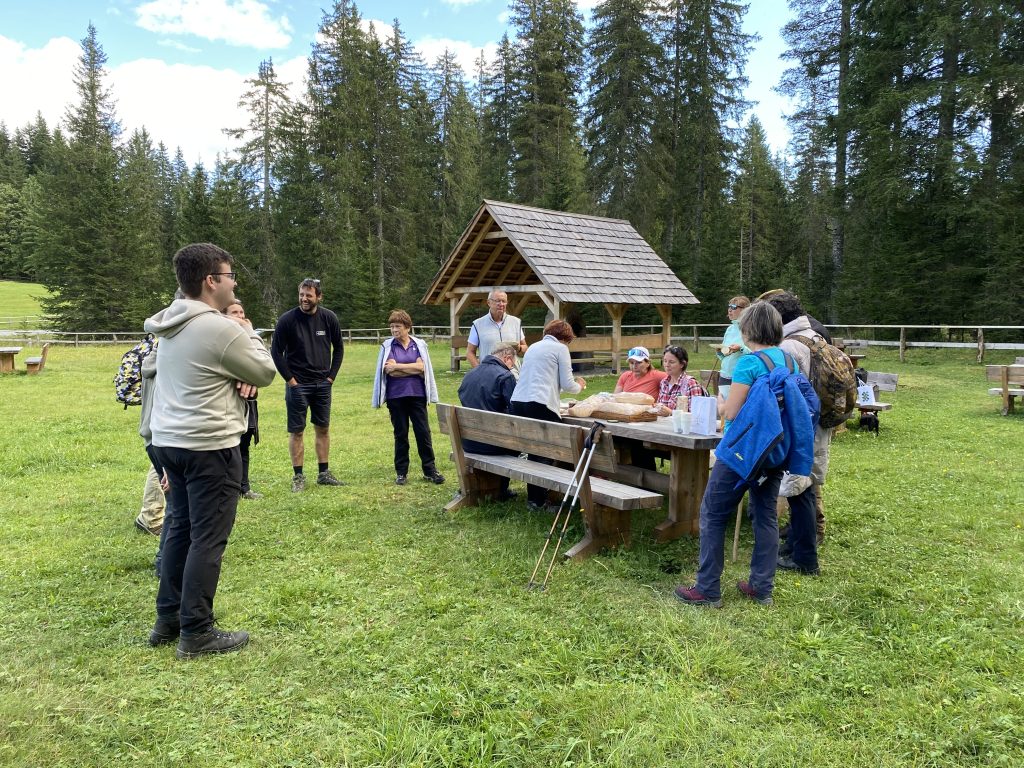
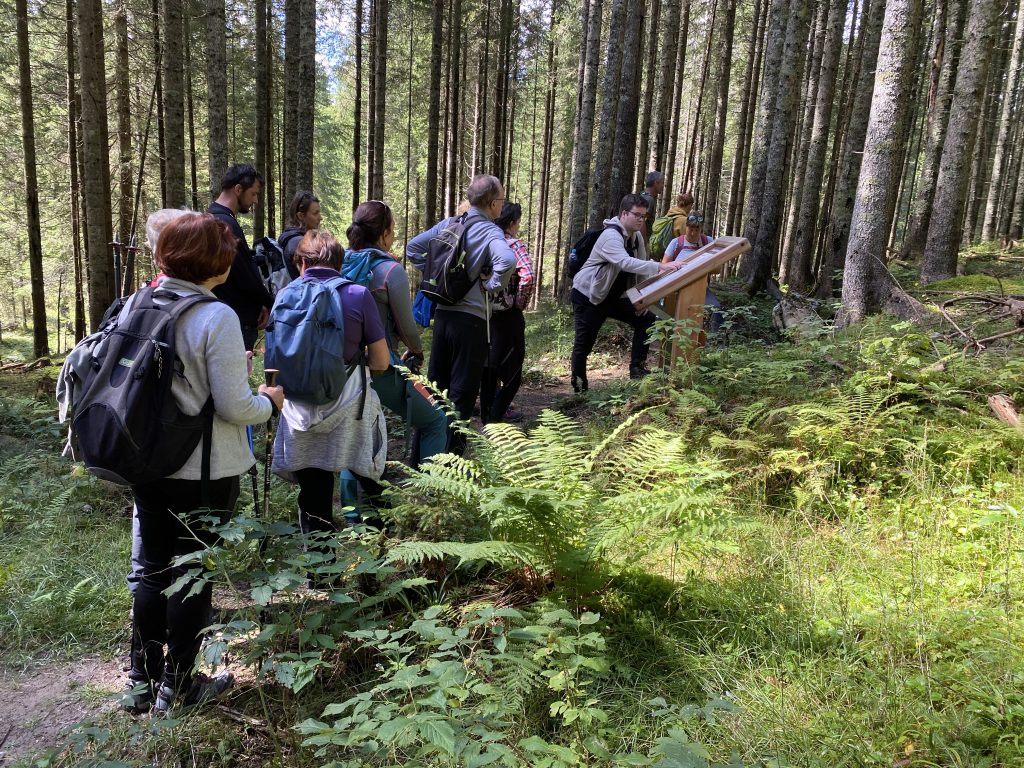
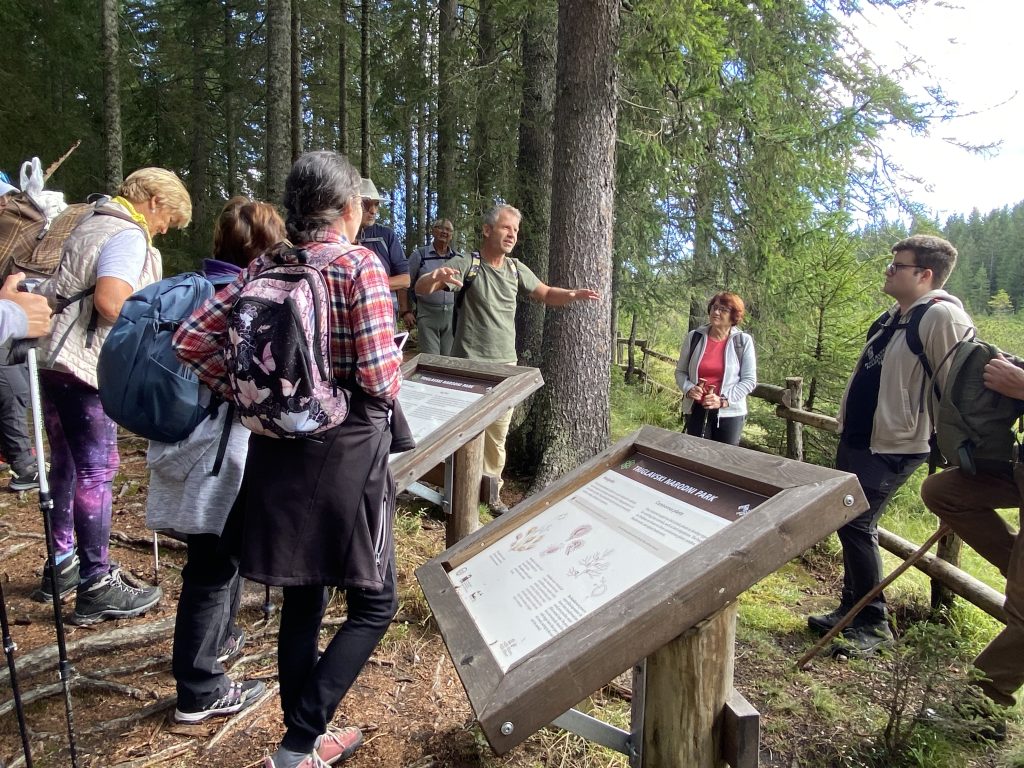
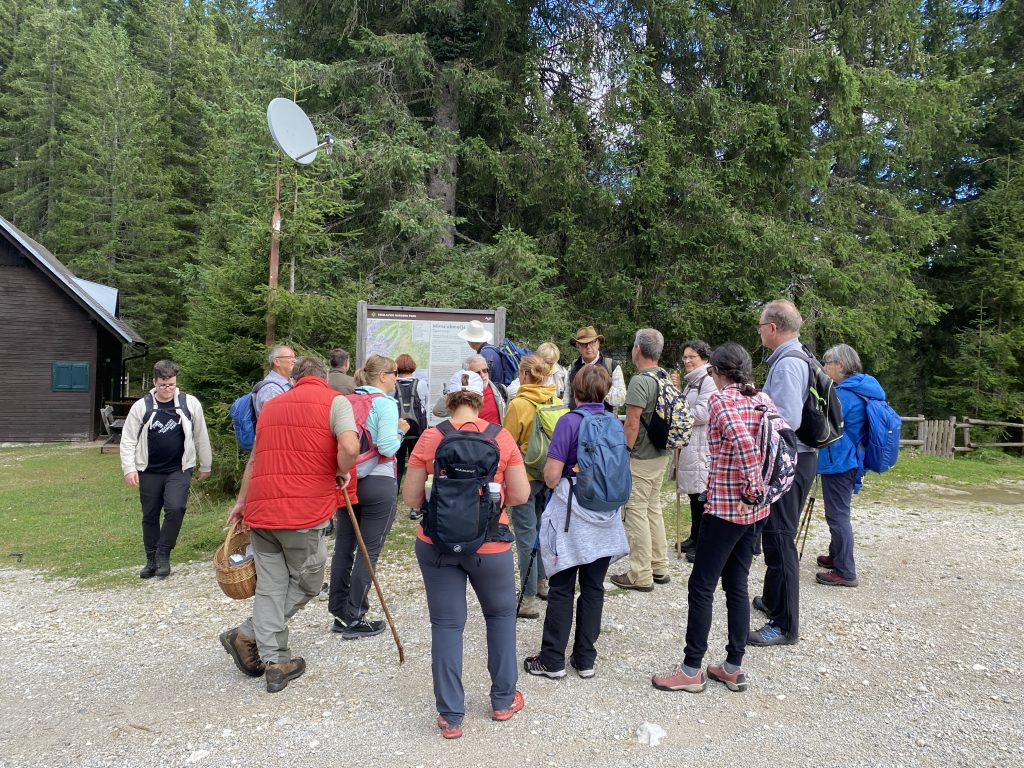
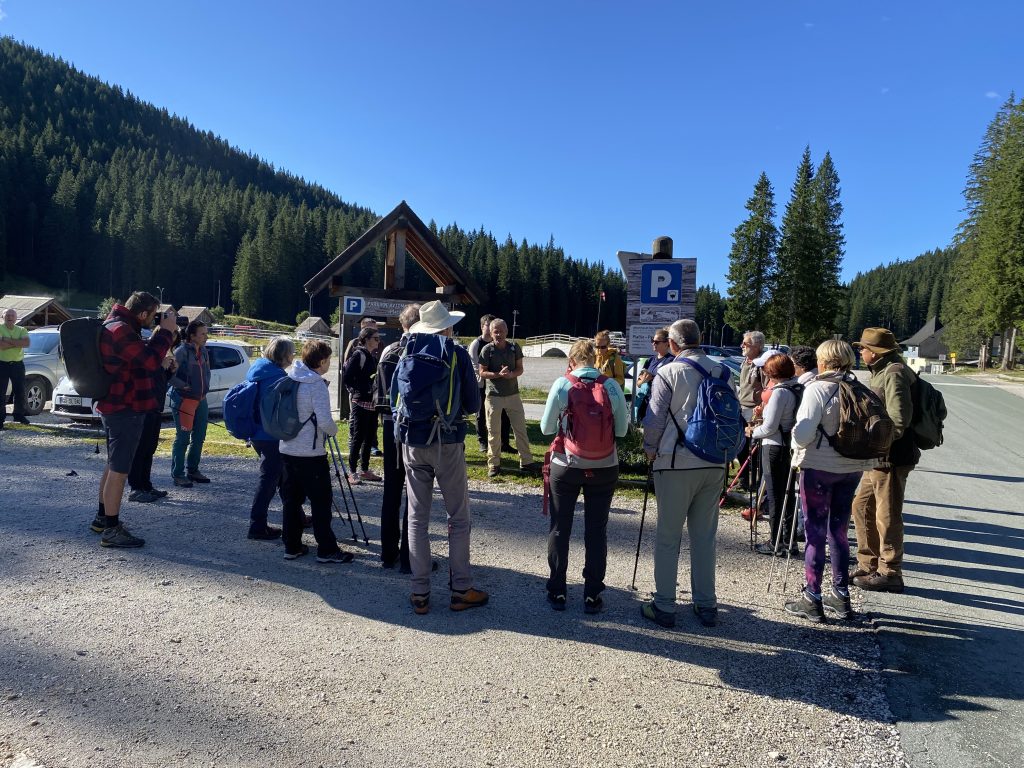

Hi, my name is EMA, how can I help you?
